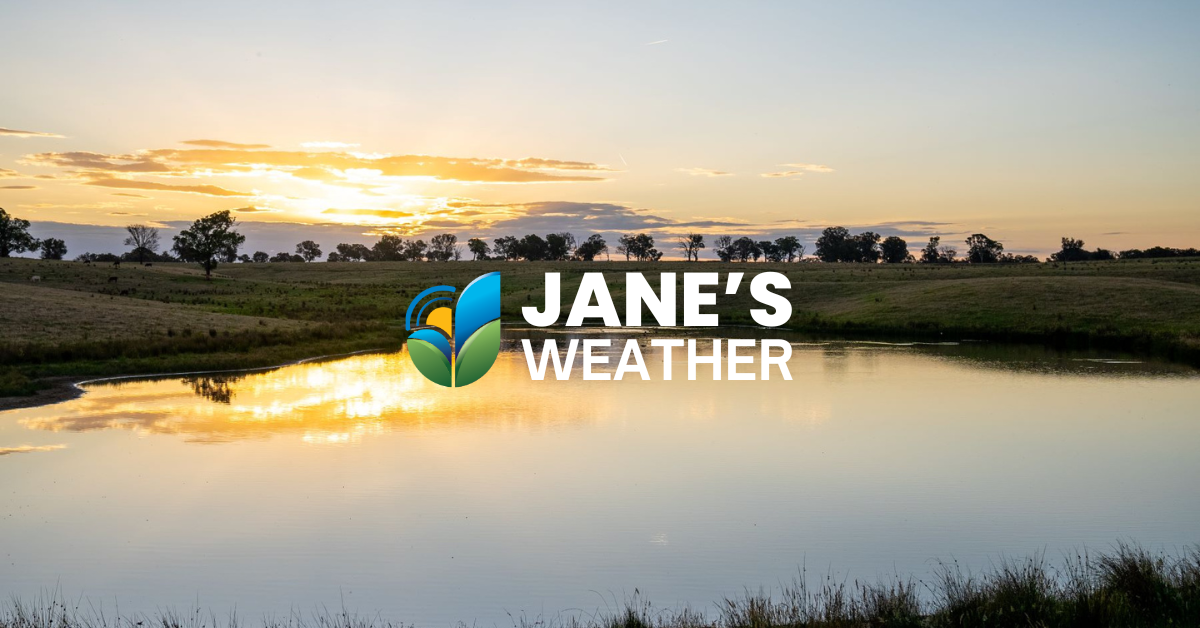Mixed outlook as we head into Christmas
We have a brief burst of heat in the southeast, followed by showers and storms to the east of the trough which brings a cool change.
-1.jpg)
Above average November rainfall has eased the spring dry spell seen across much of northern and eastern Australia, but the Bureau of Meteorology’s (BOM) forecast for the months ahead is not favourable for the next three months.
November rainfall was 37.8% above the 1961–1990 average for Australia as a whole, which brought much relief to farmers who had been bracing for hot and dry conditions.
November rainfall was above, or very much above average, for most of the Northern Territory, Queensland and New South Wales, large areas in Victoria, south-eastern and north-western South Australia and southern and eastern Western Australia.
The rainfall was not equally spread, with totals below or very much below average for Tasmania, parts of the Gascoyne district and coastal south-west Western Australia, West Coast, Eyre Peninsula and North West Pastoral districts (South Australia), Victoria's South West district, western Top End in the Northern Territory and Peninsula and North Tropical Coast (Queensland).
Meanwhile the long-range forecast released on November 30 indicated that below median rainfall for December 2023 to February 2024 was likely to very likely for most of Western Australia, northern and central Northern Territory, the northern half of Queensland, and small areas of coastal New South Wales.
For December to February, large parts of inland Australia have a near equal chance of above or below average rainfall. If above average rainfall occurs, it is unlikely to be widespread.

The BOM also reported that November root-zone soil moisture was below to very much below average.
Moisture levels were sitting at the driest 10% to 30% conditions since 1911, across large areas of southern Australia, along most of the east coast, part of the Top End, and patchy inland areas in all states.
It was particularly dry in areas along the south coast, northern Tasmania, south-eastern New South Wales.
There were pockets of lowest on record soil moisture in the south of Western Australia.
Posts By Tag

We have a brief burst of heat in the southeast, followed by showers and storms to the east of the trough which brings a cool change.

We've moved into a phase of weather with limited connection to tropical moisture, an ending Negative Indian Ocean Dipole, and a weak La Nina - so...

The leftover moisture from Cyclone Fina is meeting up with a trough over the centre of the country and it is set to spread significant rain...